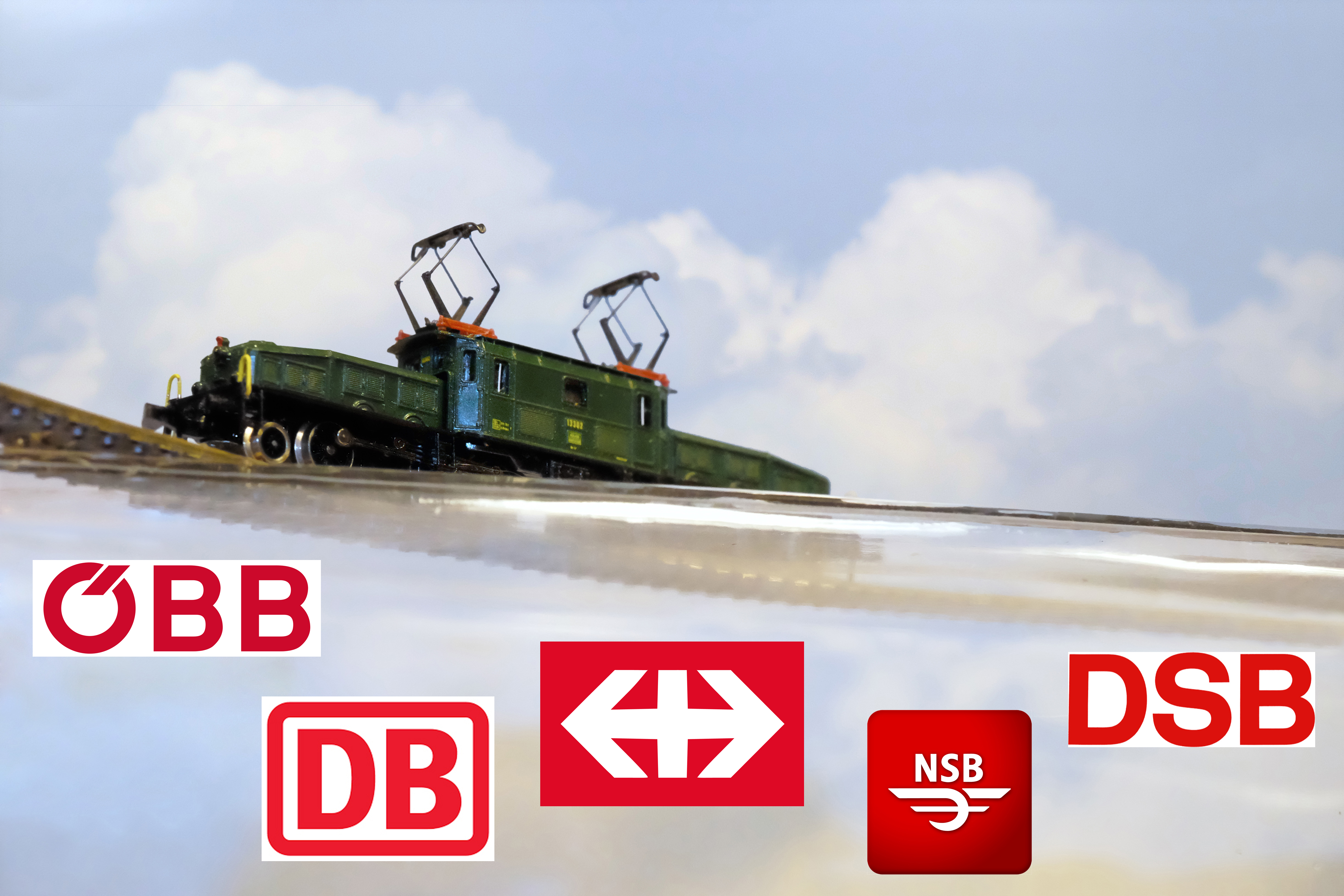Marklin’s Era III 81371 train set is still available but in limited supply: 499 sets. The train set features the heavy freight loco class 44 paired with 6 hoppers. Striking in appearance, the set features realistic heavy weathering and detailed running gear. Lot’s of action from greatly improved side rods is what’s going on in Z at Marklin these days: steam locos with grit and character more closely resembling their prototypes than ever before.
Manufactured well before the Second World War and through it until ’49 the BR 44 was a heavy hauler freight locomotive. Its numbers approached 2000, but not all locomotives stayed in Germany, twenty five percent stayed within the railways of PKP, OBB, CSD, SNCF, and DR after the war and today all but two remain operational.
The 81371 locomotive with operating number BR 44 1754 features 10 coupled and powered driving wheels with smoke deflectors. Weathering on the locomotive is tinted red with light but heavy application leaving all inscriptions legible which is a fine trick and difficult to achieve. The prototypical color of the weathering is suggestive of the acidity created by the mixing coal soot and steam on the sides of the iron boilers and plates.
Marklin has been slowly releasing weathered versions of locos and rolling stock after regular versions have debuted. For modelers looking for more and more realism these Marklin weathered items are tops! Surely impossible to weather as well as Marklin has done here certain talented folks out there could attempt the same with airbrushing, but color is as important as technique, and I am glad not to have to attempt it here!
*Archistories Prussian brick loco shed gives accurate scale to this loco thus providing historical context as well.
Six type Ootz hopper cars weathered with sooty black complete the set with lettering Erz IId. No coal loads are included, but the empty cars include weathering throughout their bays. This car type included two partitioned sections each with sloping hoppers for very quick dumping of bulk materials.
Siding: airbrushing results are far easier and trouble free with water based paints likewise water based final coat of clear lacquer should be considered to protect your work.
Siding: 81371 comes packaged in a carton housing cartons for 2 sets of 3 hoppers and 1 for the loco, item numbers printed on the cartons is as follows: hoppers (81371-01 + 81371-02) and loco (81371-03). Boxes are important to collectors and keeping them pristine is important too: open flap boxes with a butter knife to save from denting and dinging. And no butter on that knife!



























































































